Following my time at the Turtle Rescue Center of the Olive Ridley Project, I was invited by the Manta Trust to the Six Senses Resort in Laamu Atoll, where I joined the Maldives Underwater Initiative for a week. This Initiative consists of marine biologists from Six Senses, the Manta Trust, the ORP and Blue Marine Foundation, and I got to assist them in their corresponding tasks: Coral Reef Surveys, Manta Surveys and Sea Turtle Nest Watch, as well as educational activities for the guests.

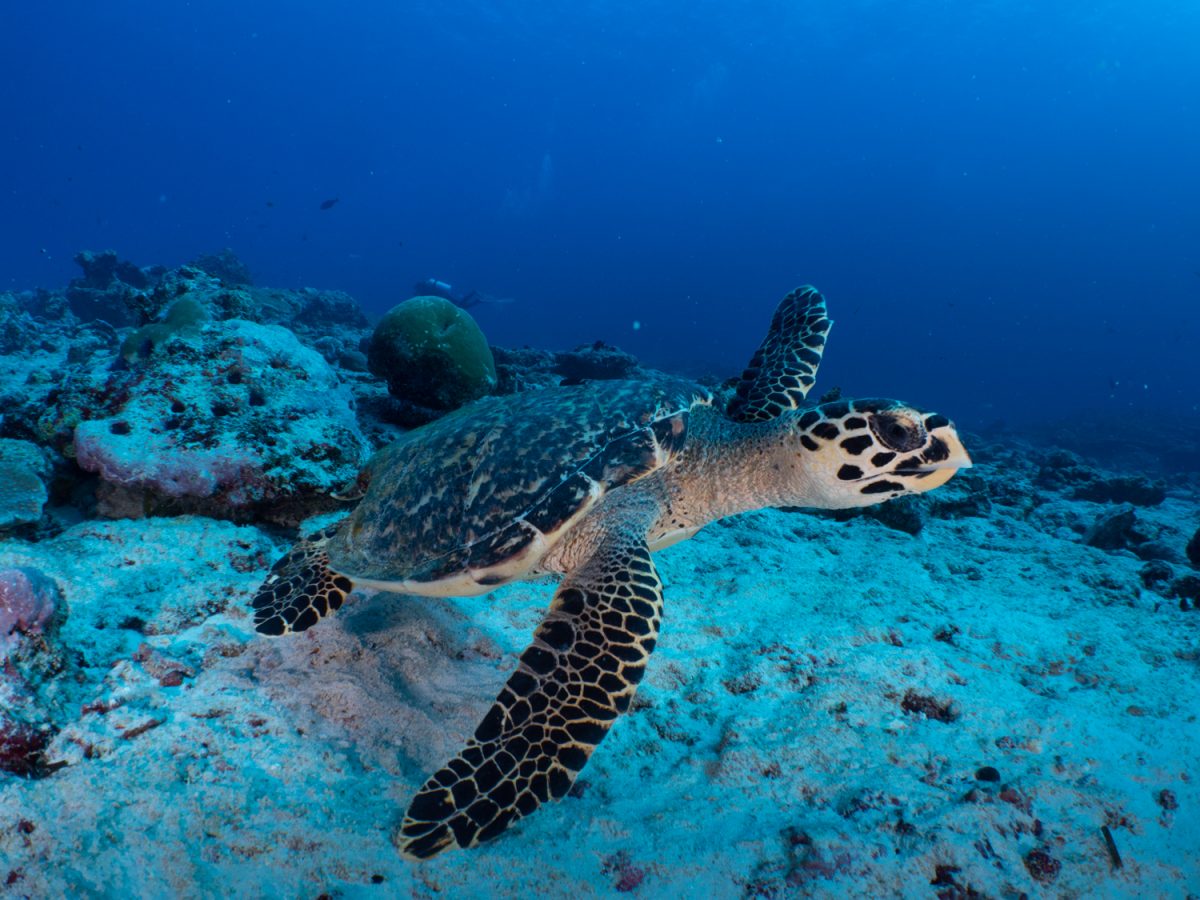
The main reason I visited the team at Six Senses Laamu, though, was to learn about the contactless, non-invasive underwater ultrasound scans, which have been used here for the first time ever on wild Reef Manta Rays by researchers of the Manta Trust in collaboration with the Department of Veterinary Medicine of the University of Cambridge. Together with IMV Imaging, they have developed a portable and waterproof device, which can scan through a few centimetres of water, so that the Ray´s skin does not have to touched. The Image is then displayed on an Iphone in an underwater housing – an amazing piece of technology!
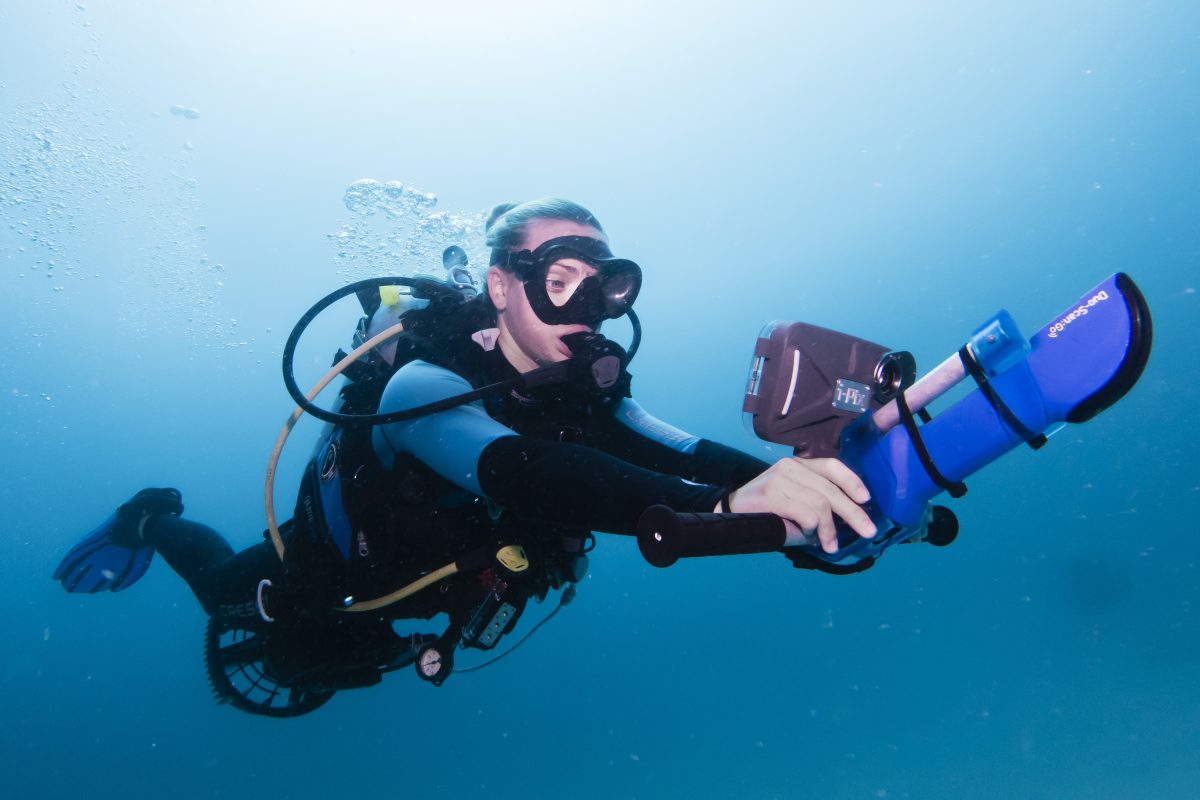
The aim of their efforts is to study manta ray´s reproductive ecology by scanning the reproductive tracts of the same manta in different stages of its gestational period, as well as to establish the factors that are causing annual fluctuations in breeding. Did you know that Mantas are giving birth to just a single young one every two to three years? And that it stays in the mother´s uterus until it is about 1,50m tall, with its winglike pectoral fins curled over its head?

Long-term, understanding more about Manta reproduction can hopefully inspire and help the conservation of manta ray populations around the world, and especially in critical breeding areas.
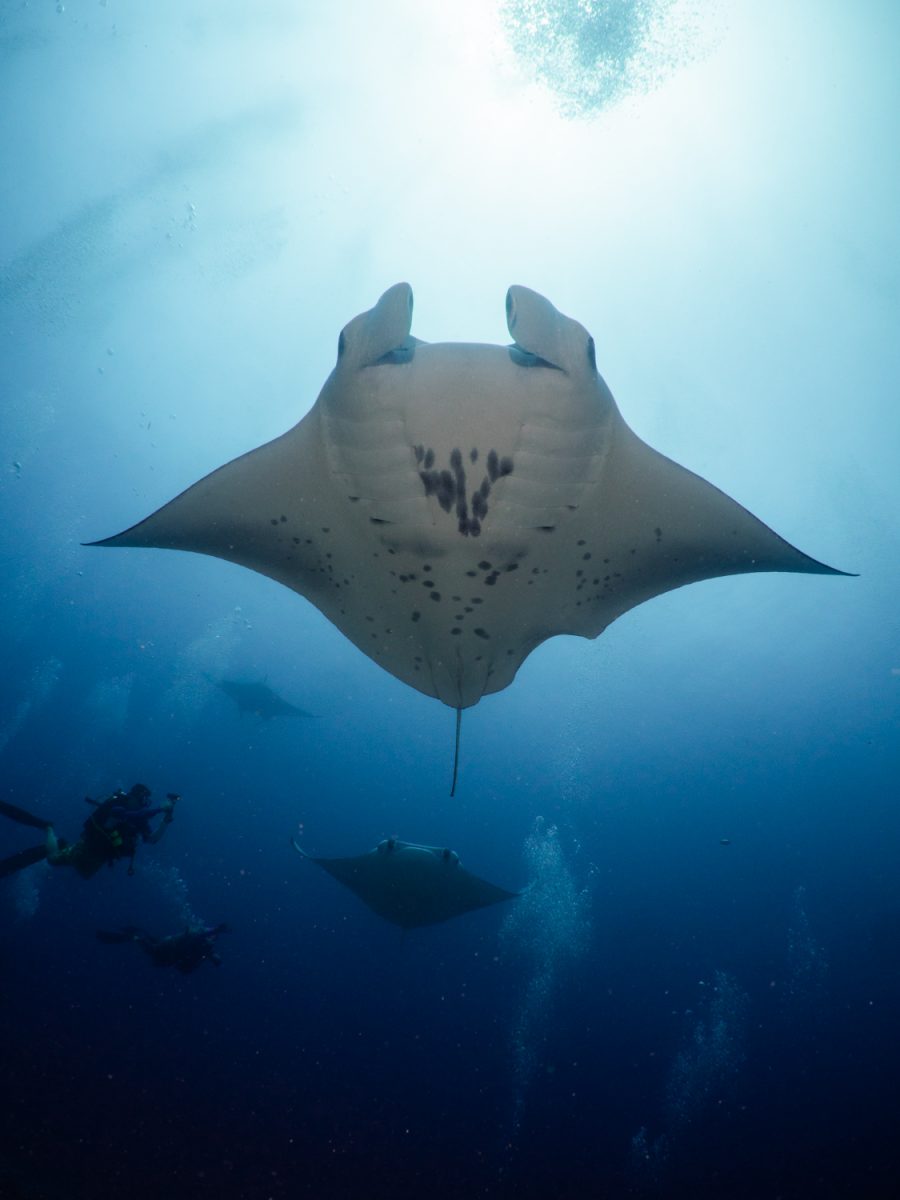
We went on daily research dives with the portable scanner to specifically look if there were mantas stopping by the cleaning station, which is the only time and situation that the Manta Rays could and would be approached for a scan. Unfortunately, we did not have an opportunity to scan during my visit, but I, nevertheless, learned a lot from my time in Laamu Atoll!
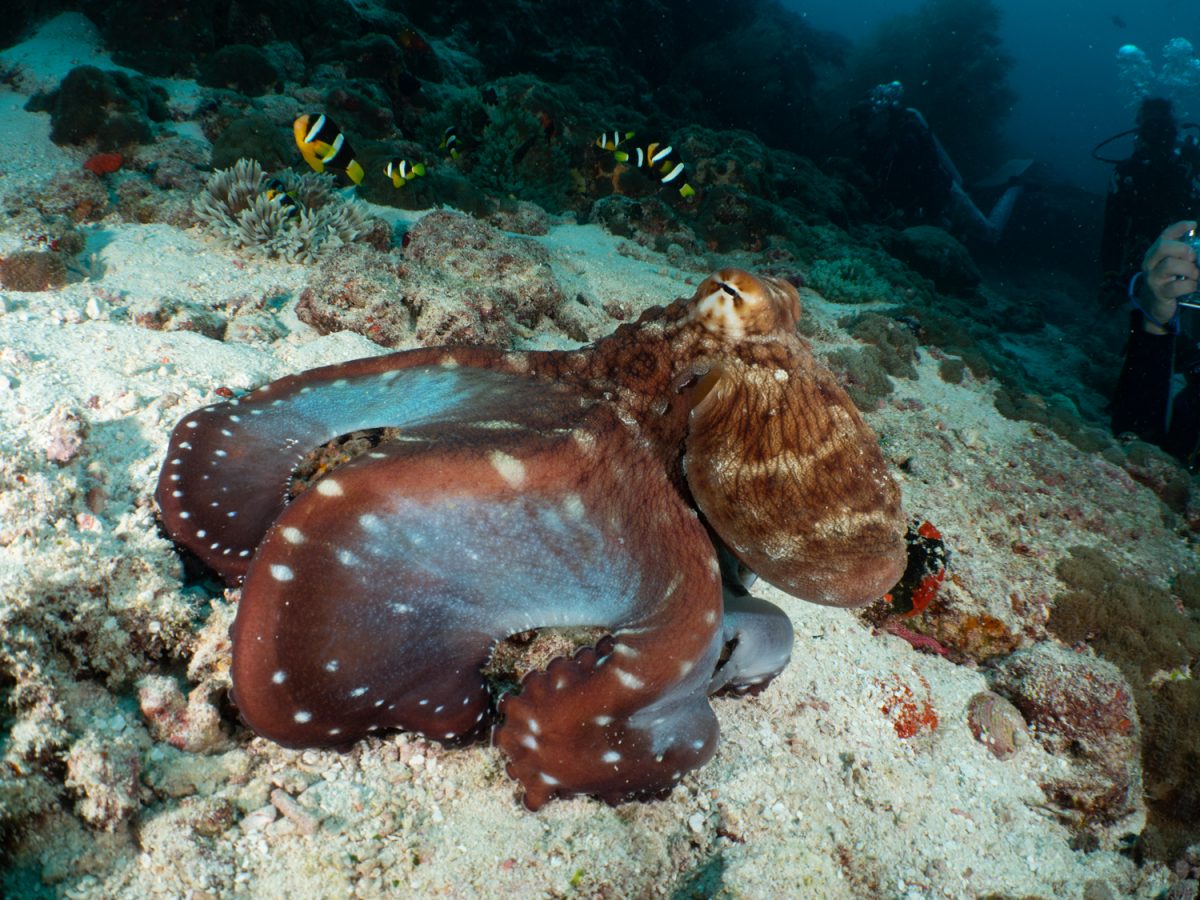
Next, I travelled to Dhigurah in South Ari Atoll, where I was able to join the Maldives Whale Shark Research Program alongside other volunteers on their Research vessel for a week. We went out everyday to look for Whale Sharks in the South Ari Marine Protected Area, where this iconic Megafauna can be spotted all year round.

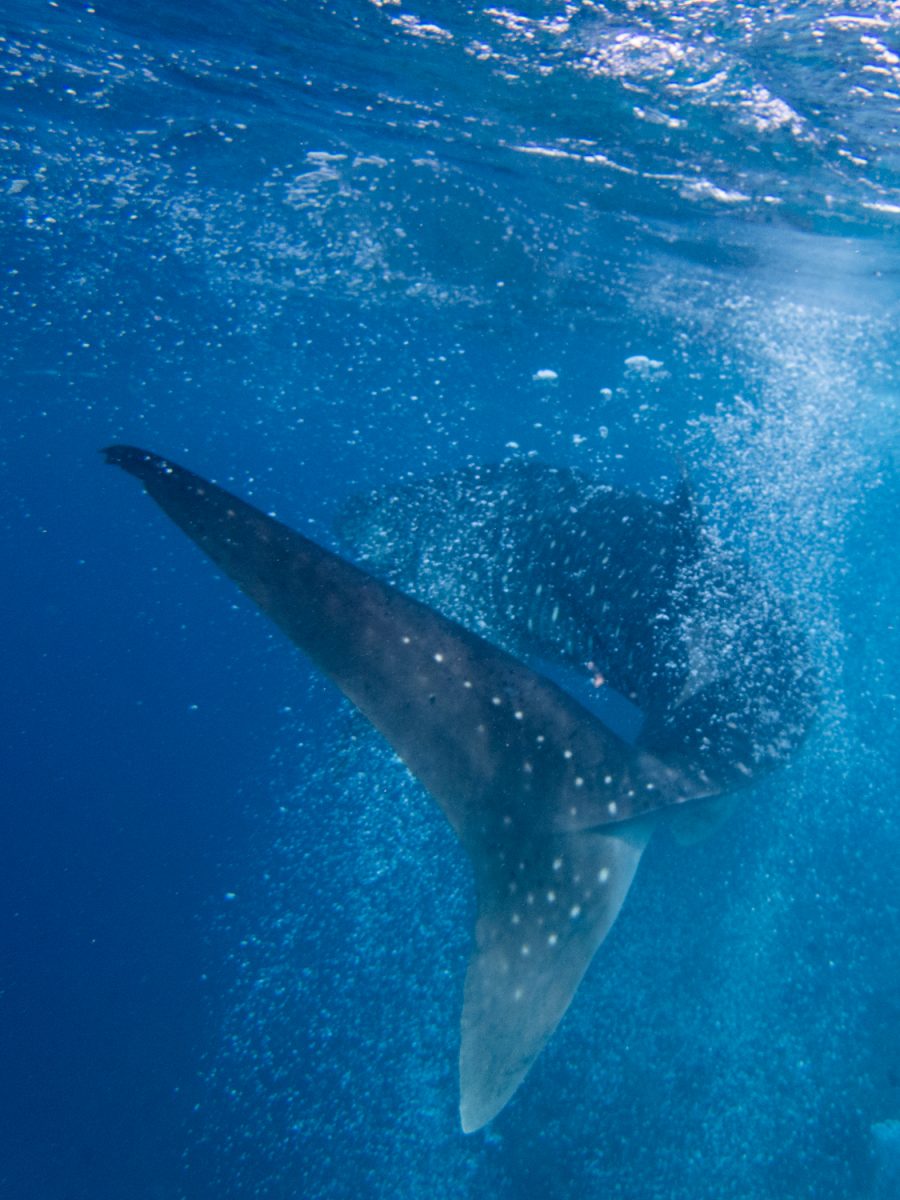
Because every individual Whale Shark has its own spot pattern, just like the fingerprint in humans, we were able to identify every encountered individual by taking photographs of the sides of their bodies while freediving. We also determined their sex, measured their size, and documented injuries, which are unfortunately the consequence of strikes with speeding boats.

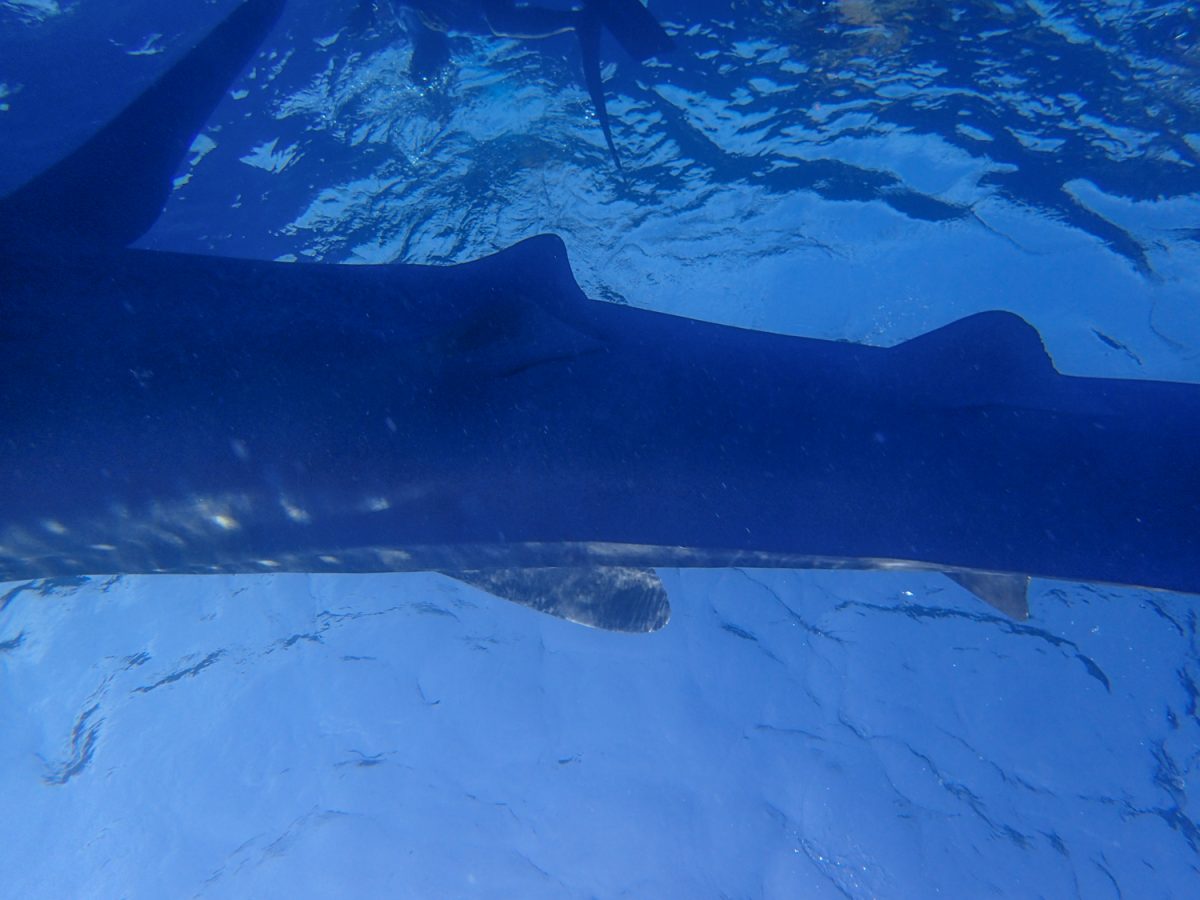
All this data has shown, that the Whale Sharks here are predominantly young males and that they stay in this region all year round instead of migrating out of the Maldives, which is a very unique behaviour. This makes it even more important to conserve this resident population. For this reason the MWSRP also focuses strongly on educating young local students, so I also got to assist the MWSRP staff while an educational festival for schools coming to Dhigurah from all over South Ari Atoll.
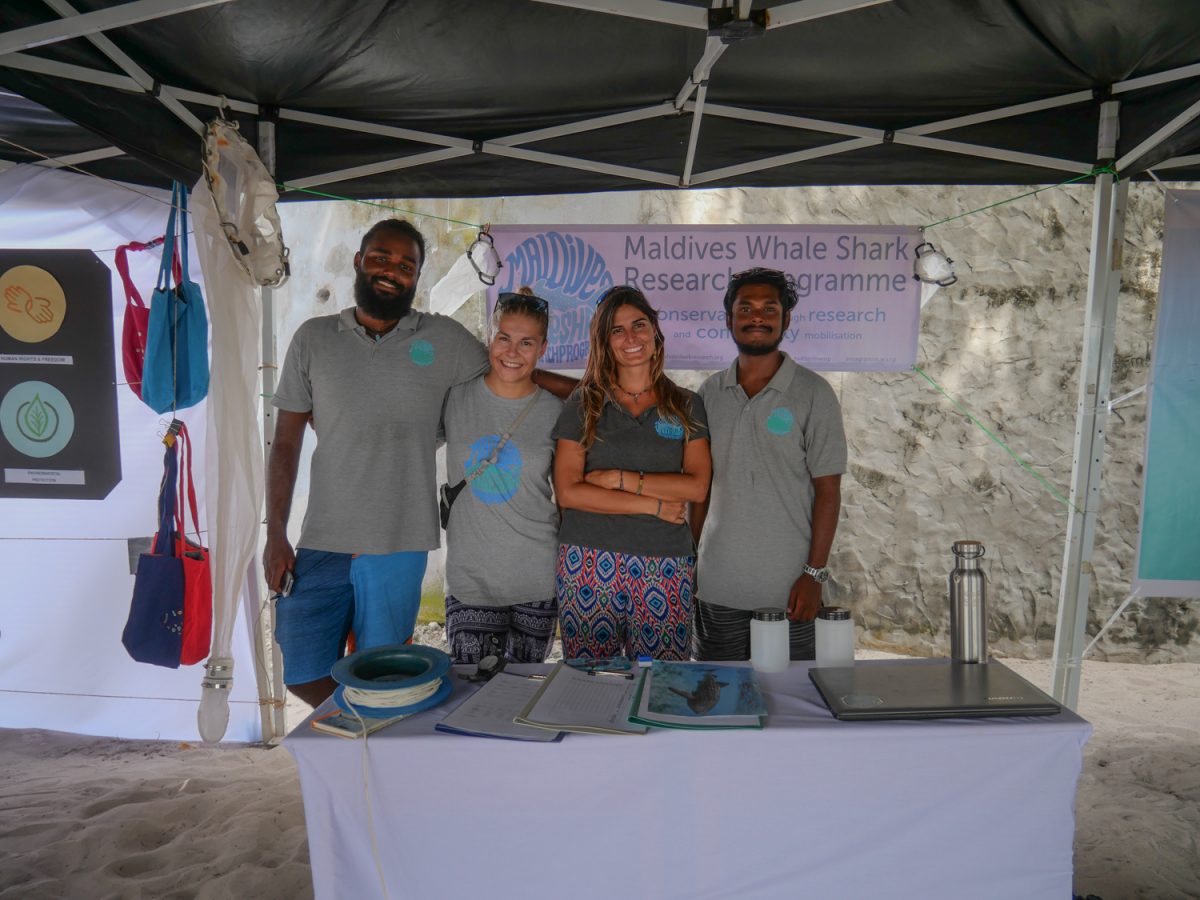
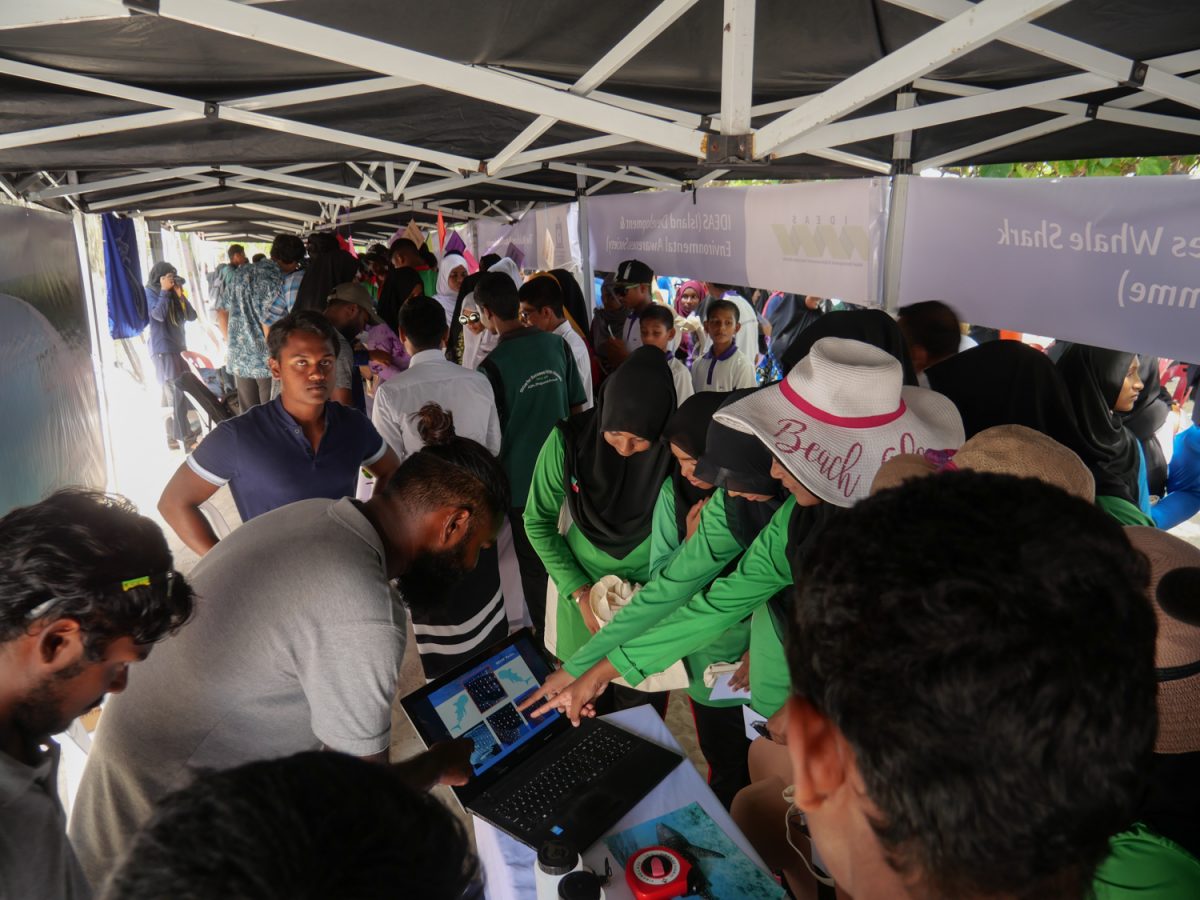
For the last week in the Maldives I was invited to the Manta Expedition by Ecoprodivers, who focus strongly on running eco-friendly dive trips by reducing single-use plastic, providing biodegradable shampoos, and educating their guests about the marine environment and importance to protect it.
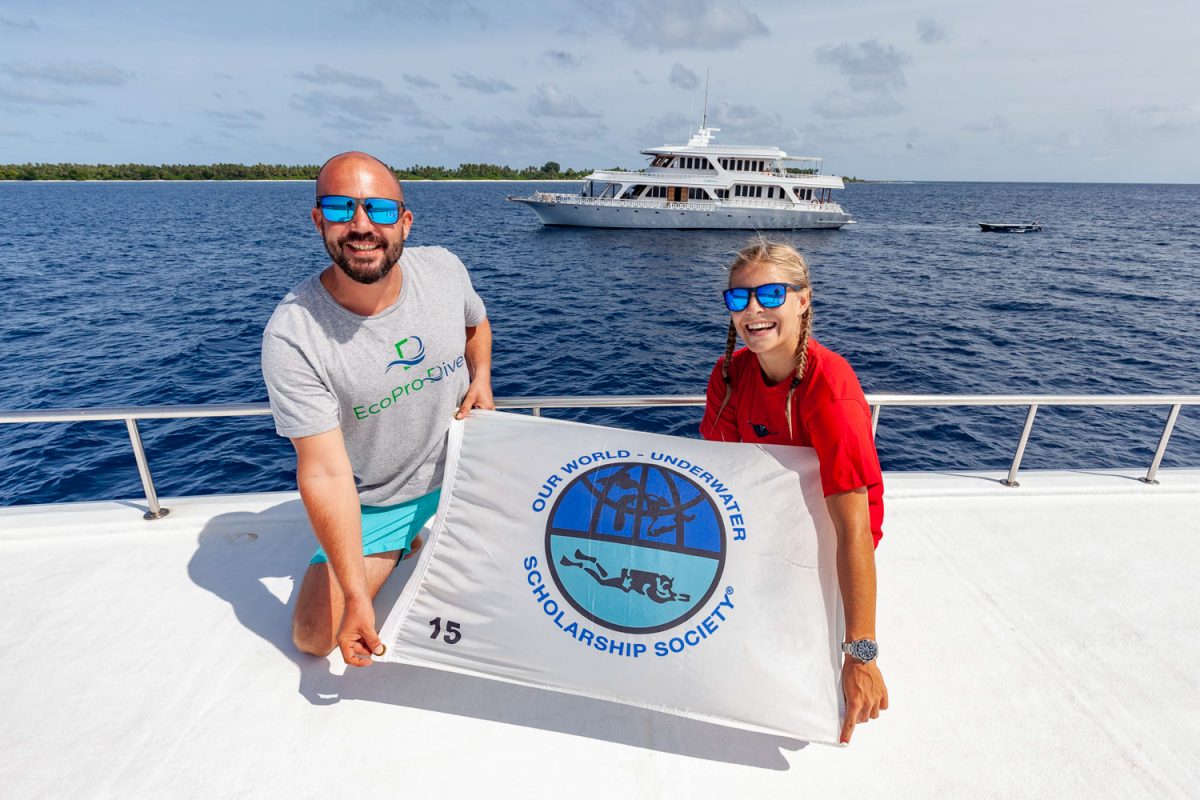
For this reason, they also work together with local research organisations like the Maldives Whaleshark Research Programme and Manta Trust, who give presentations onboard, and aim for their guests to actively contribute to research.
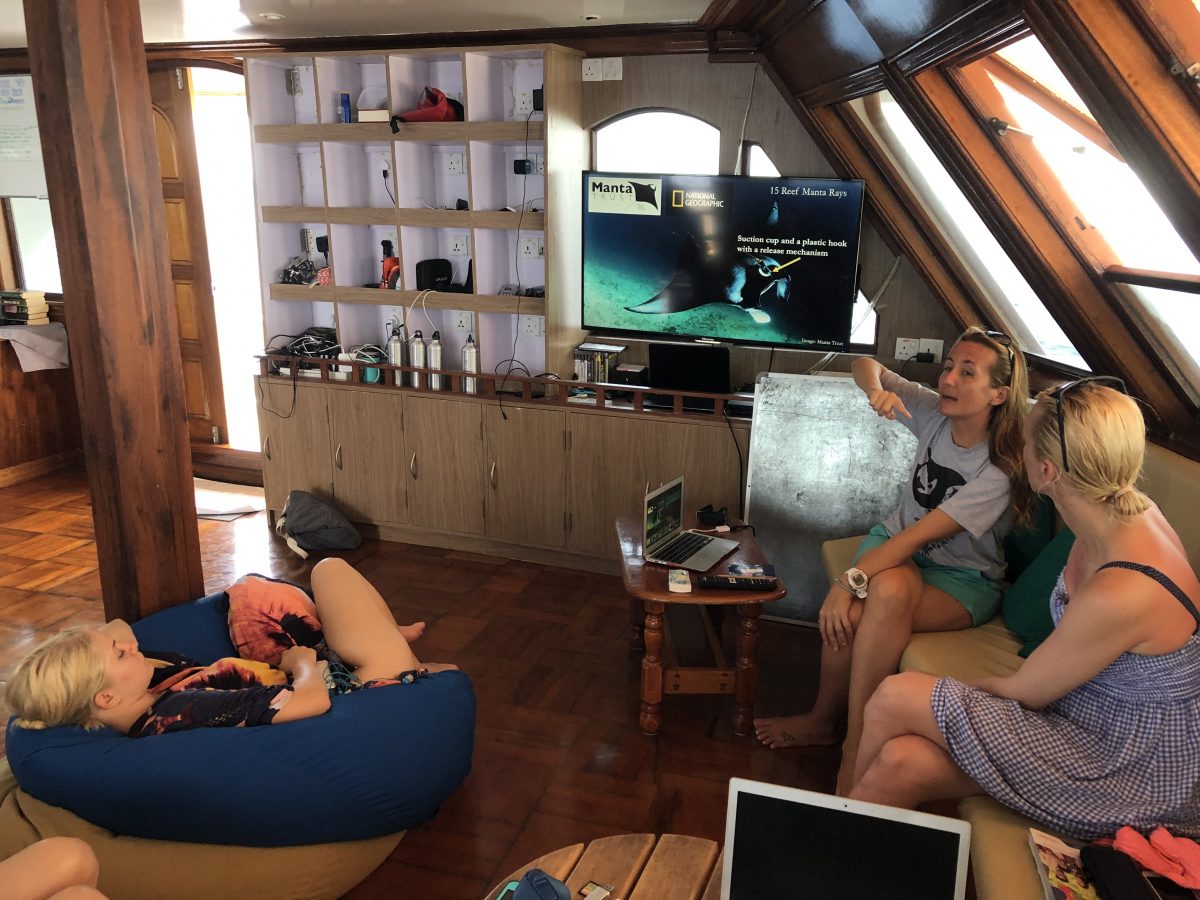
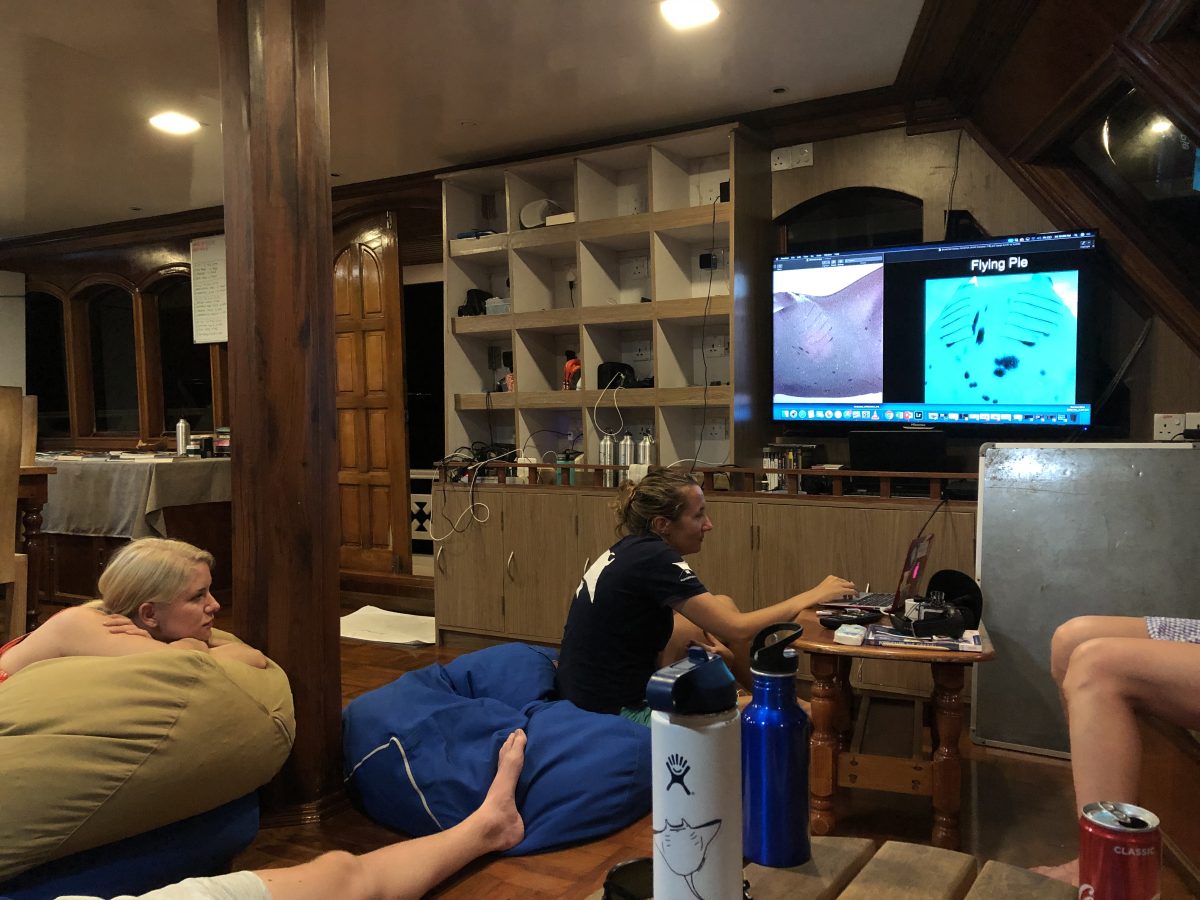
This involves teaching them Photo Identification, as every Manta has its own spot pattern on the belly, as well as to inform them through daily presentations about the behavioural ecology of these marine species. Because I had been lucky enough to experience the work of both the Manta Trust and the Maldives Whaleshark Research Programme in-field prior to this week, it was particularly interesting for me to see yet another aspect of their work: the outreach and education of interested Scuba divers, whose enthusiasm to help and protect the marine world was really rewarding to see.
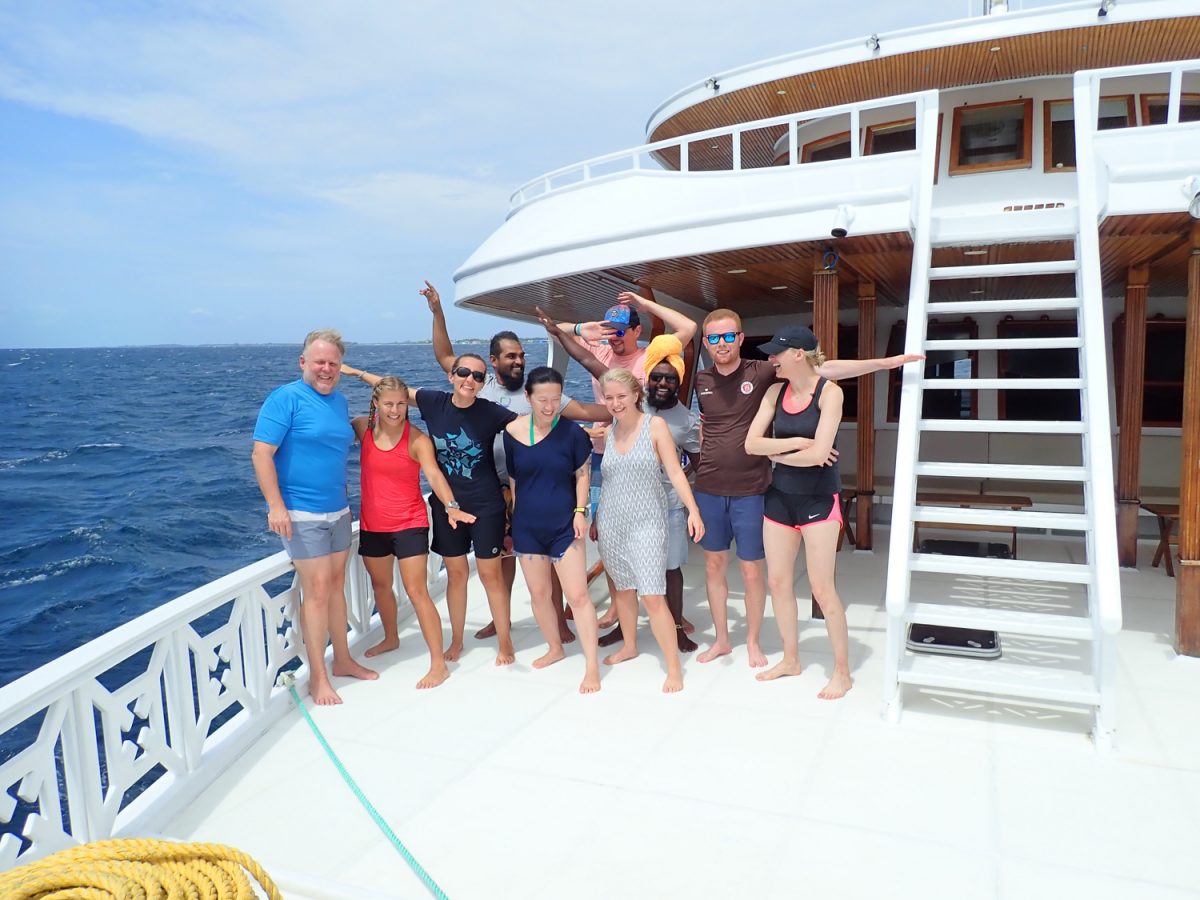
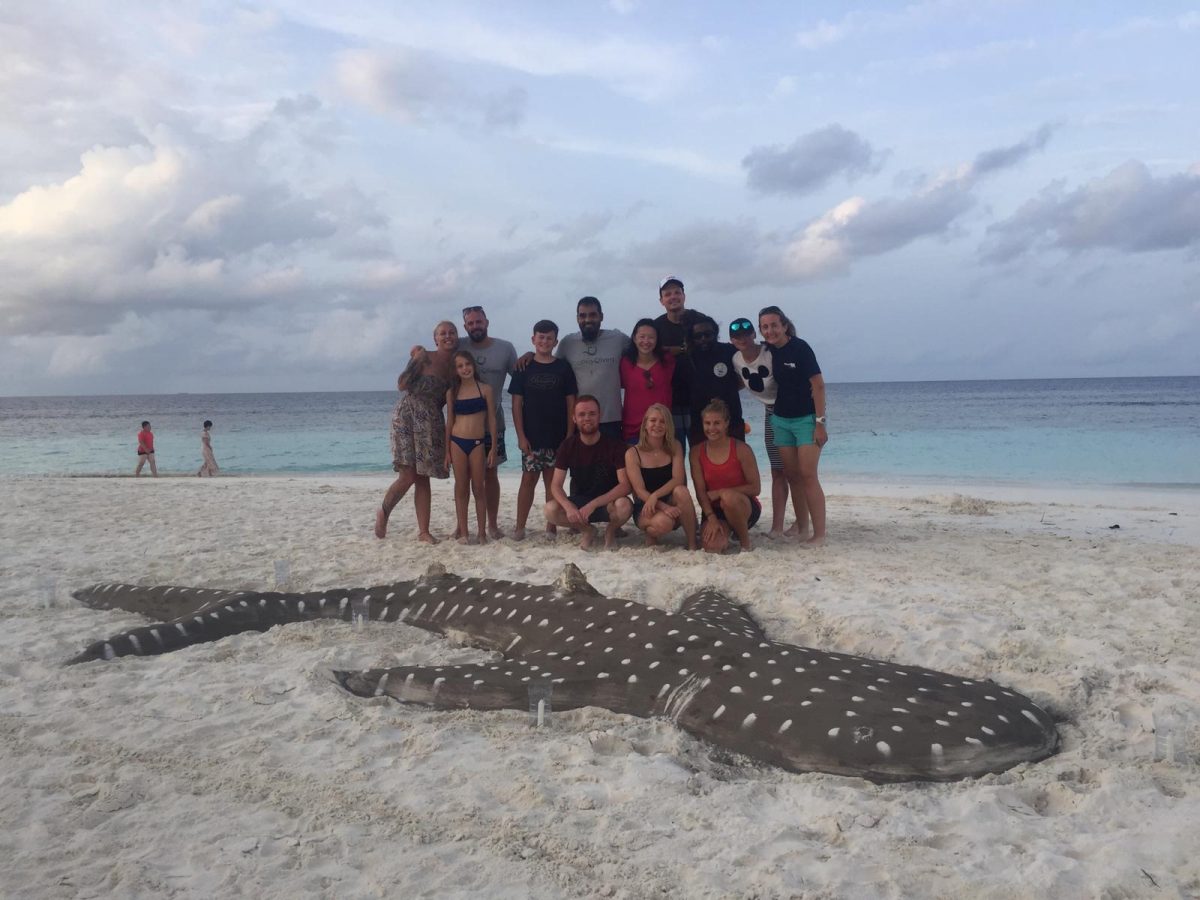
On this trip, we were lucky enough to spend one entire dive with 4 Mantas at a cleaning station, and they even turned out to be 12 individuals in total, which we could proactively find out through comparing the ID-shots we collected with the Mantas in the Manta Trust´s catalogues.

Another very special highlight was a night dive, which we entirely shared with the juvenile Manta “Sea Spirit”, who was attracted by the plankton that collected up around our dive lights.
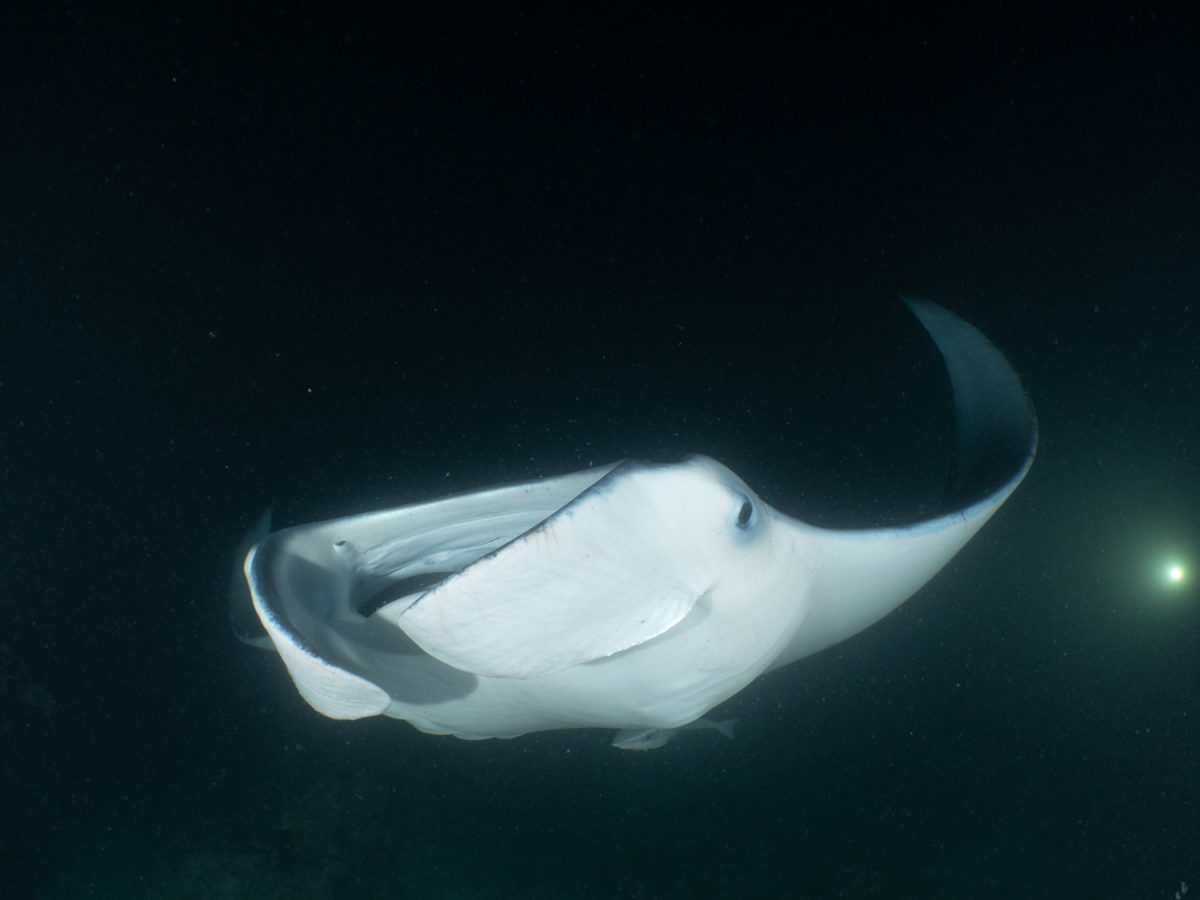

All in all, the experiences I have had in the Maldives were both eye-opening and inspiring. I was able to see the beauty of the Maldivian Megafauna, and at the same time I witnessed the consequences of threats, that us humans are introducing to the marine environment. But the efforts of organisations like the ORP, the Manta Trust, the MWSRP, as well as the sustainable and eco-friendly approach to Tourism of Ecoprodivers, supporting Research and Conservation organisations, are outstanding and make me hopeful for the future of these species!
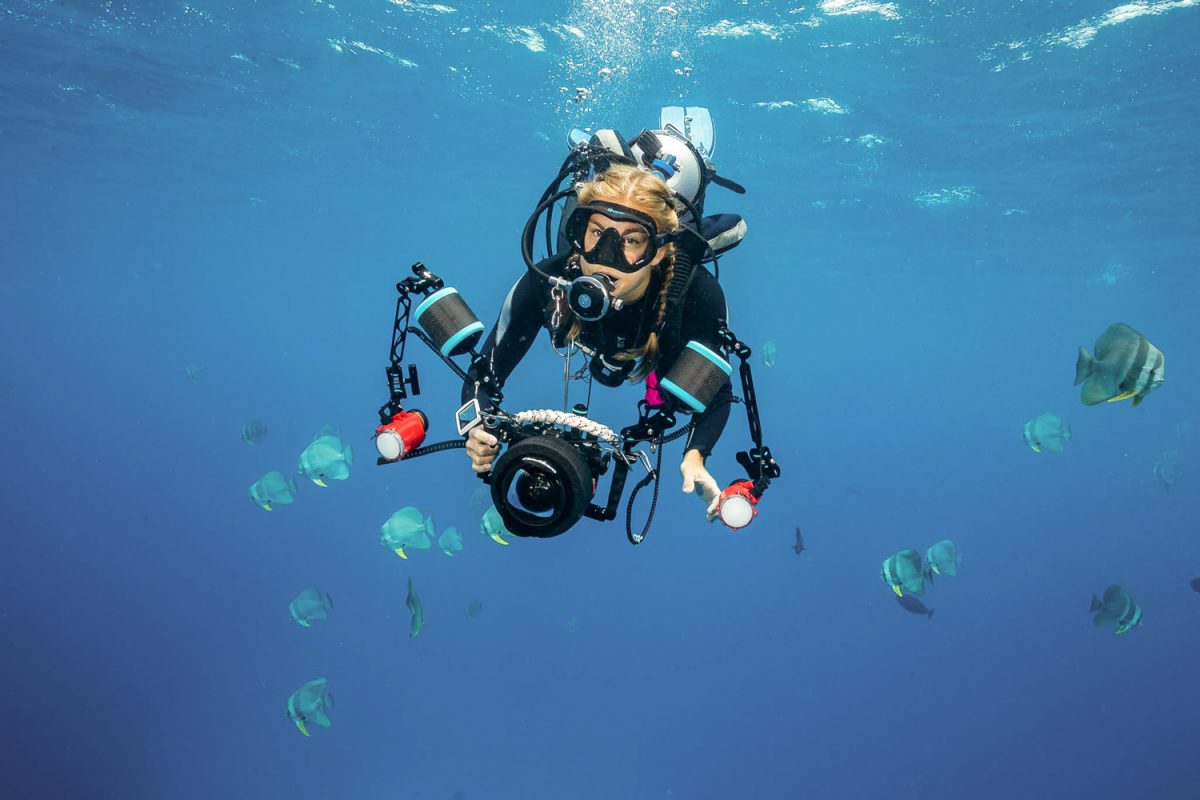
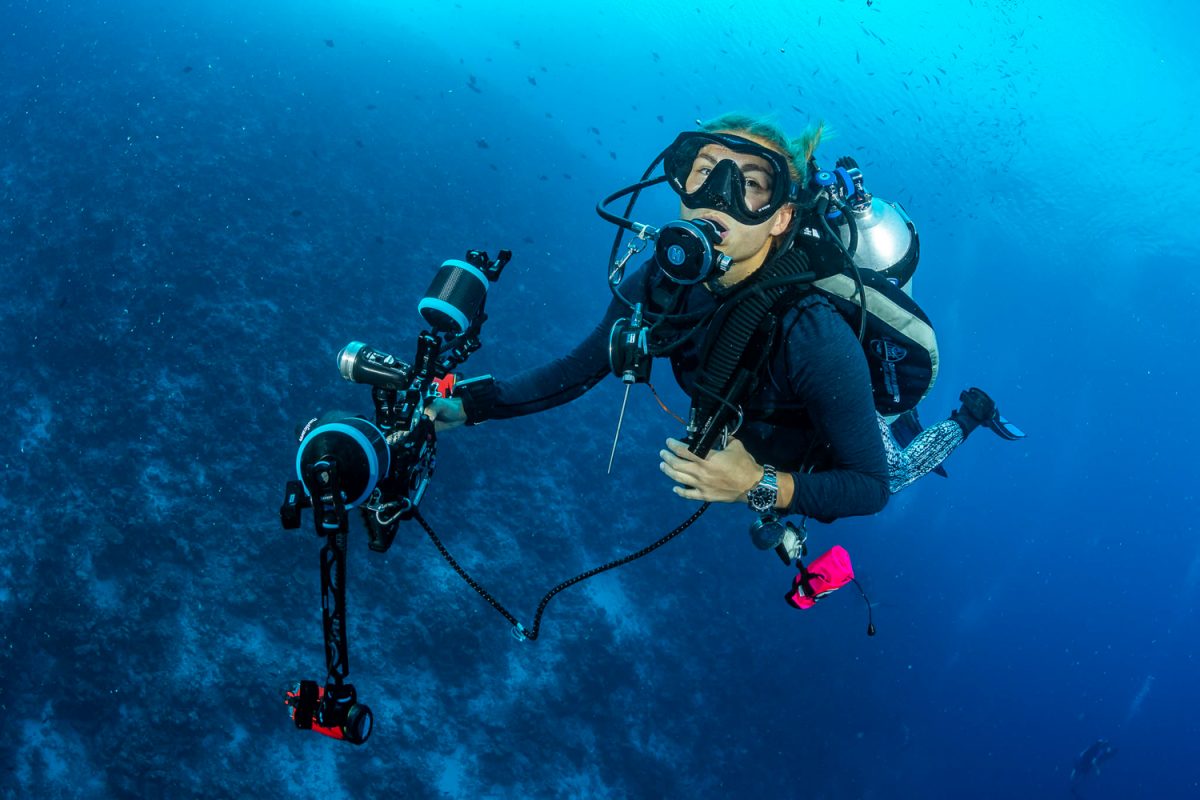
I would like to thank my amazing sponsors, Halcyon, Fourth Element, Suunto, Reel Diving, Reef Photo and Video, Nauticam, Light and Motion, Paralenz, and of course Rolex and the Our World-Underwater Scholarship Society for their ongoing support and making all these experiences possible for me!